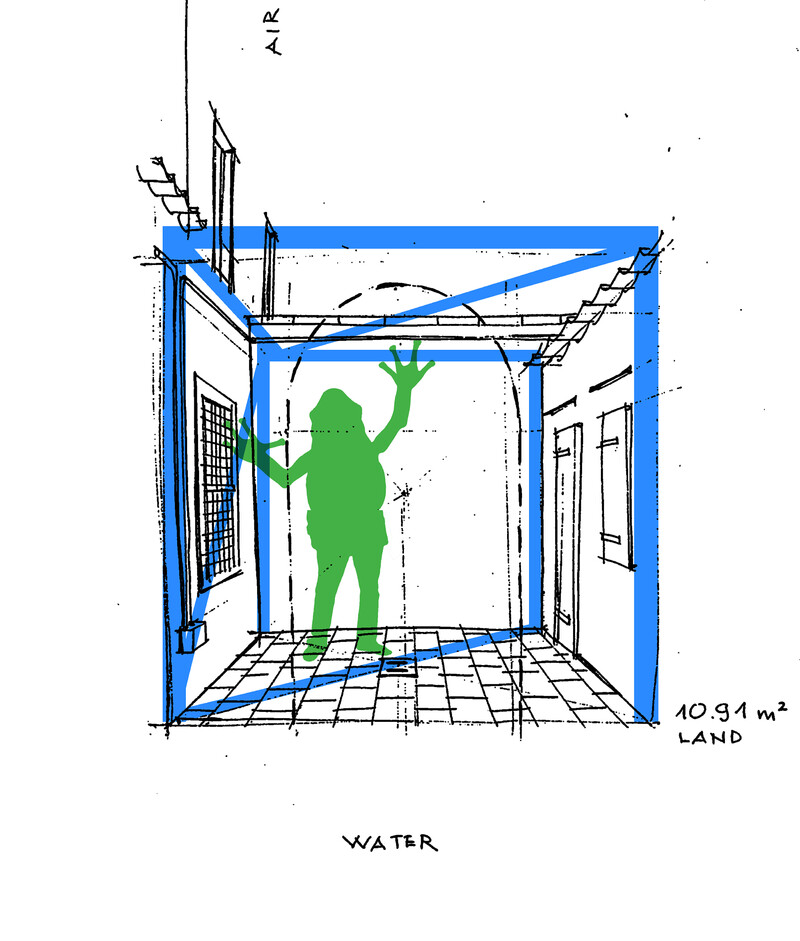
In 1959, Polish architect, theorist, and urban planner Oskar Hansen introduced the theory of “Open Form,” which describes art as a process of collaboration, group expression, and flexibility, and imagines architectures and shared spaces as modulated and reconfigured by their users, rather than designed hierarchically by a single expert.
Amphibian House aims to involve children in creative play and learning through educational performance. In this activity, play shifts children’s creativity towards the development of a symbiotic environment. Based on Oskar Hansen’s Open Form theory, Amphibian House explores advanced hybrid thinking and asks children to imagine, construct, and experience architectural structures that can accommodate half-human/half-amphibian beings. Through the workshop, children will investigate different aspects of interspecies relationships, new forms of dwelling, and the possible coexistence of different forms of life.
Amphibian House
Lakeside Park, 2268 Lakeshore Rd. W., Mississauga
Events are FREE and open to the public. All are welcome.
Event Documentation
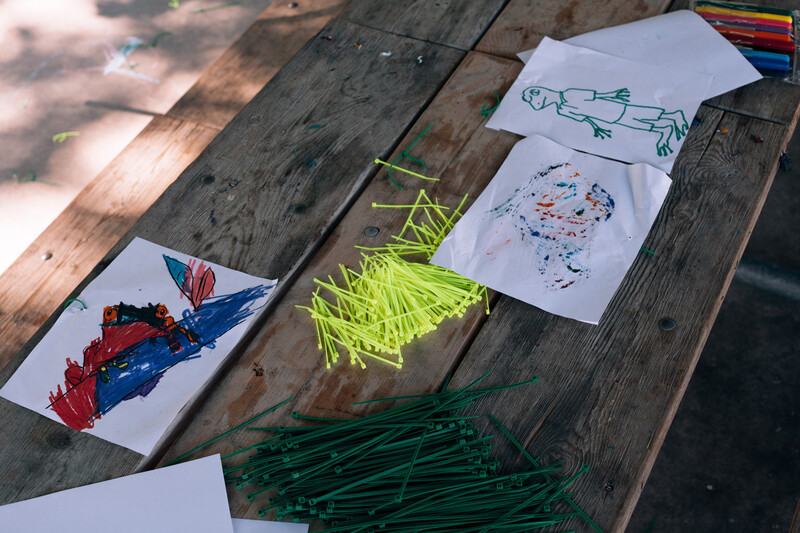
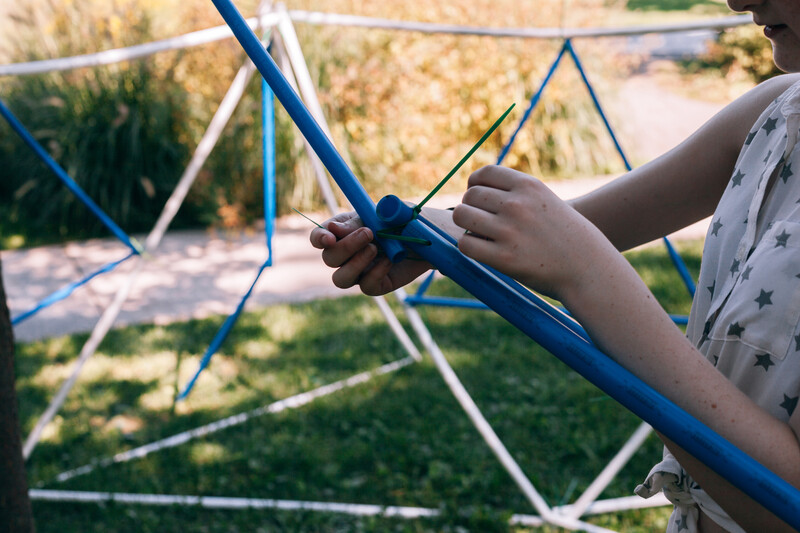
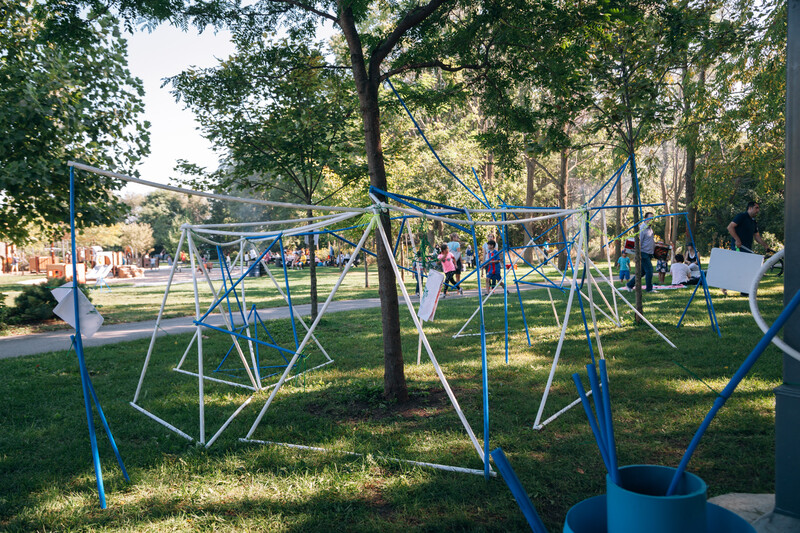
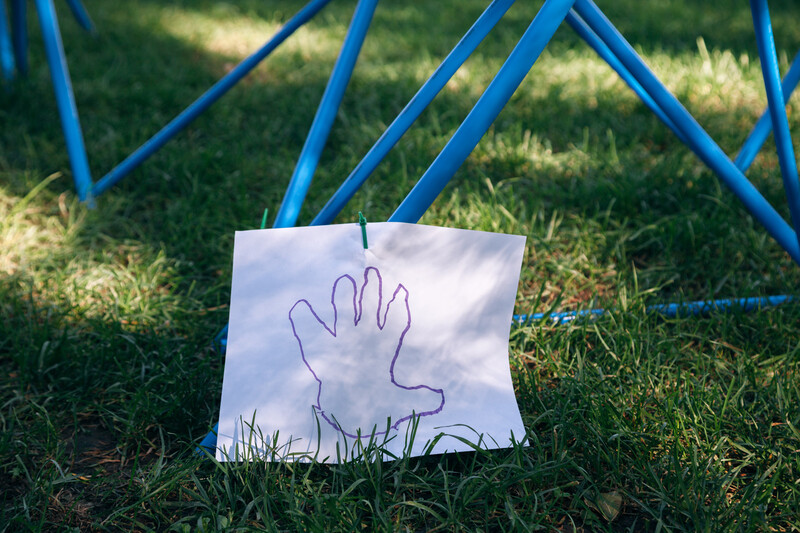

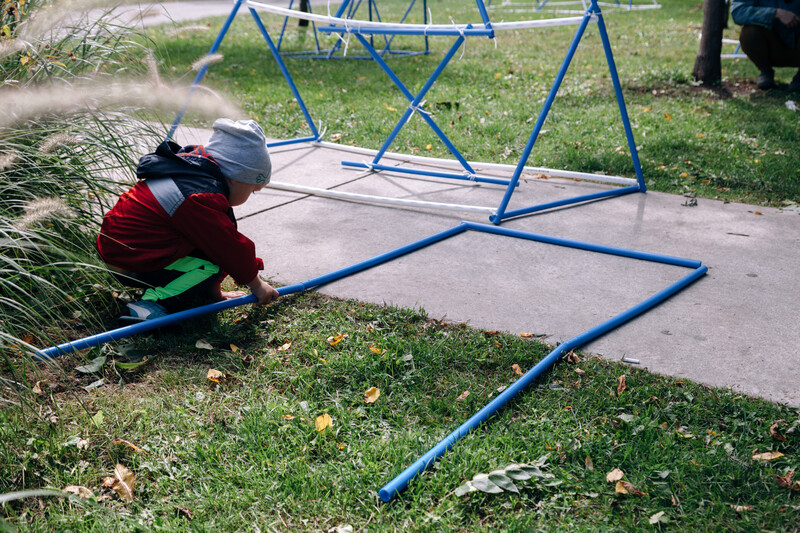
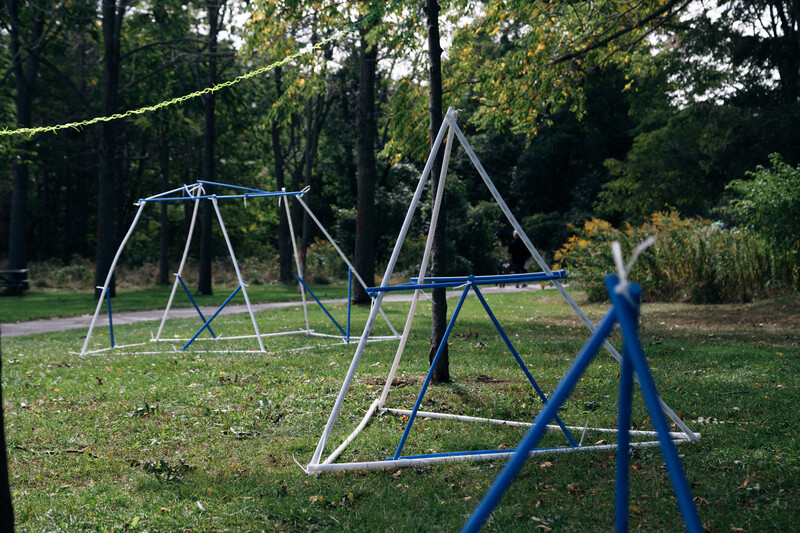
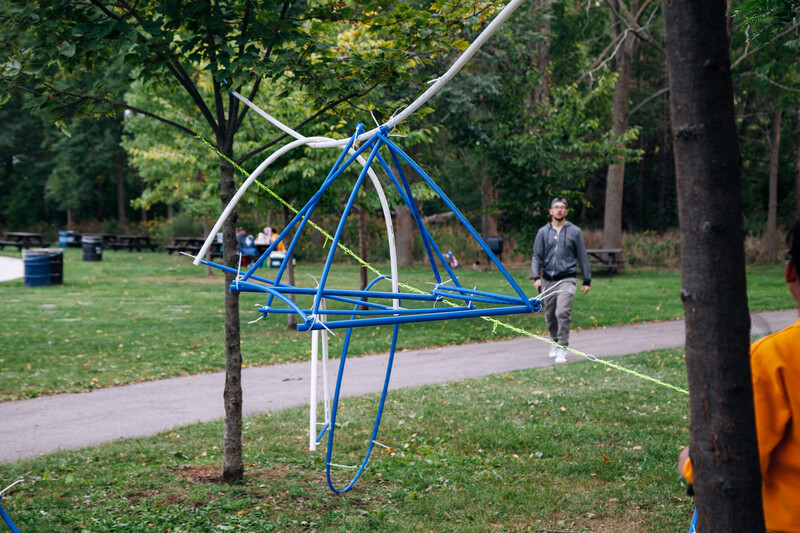
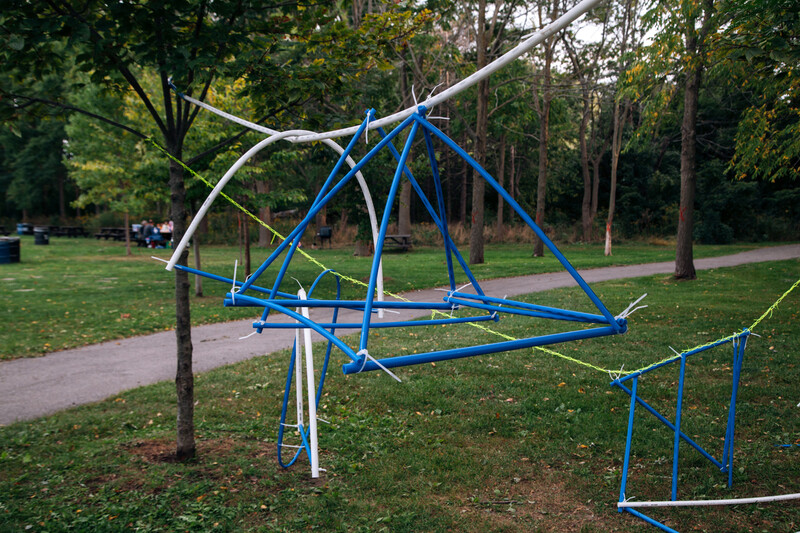
- Facilitator
- ŠA Atelier
This is one of the 200 exceptional projects funded in part through the Canada Council for the Arts’ New Chapter program. With this $35M investment, the Council supports the creation and sharing of the arts in communities across Canada.
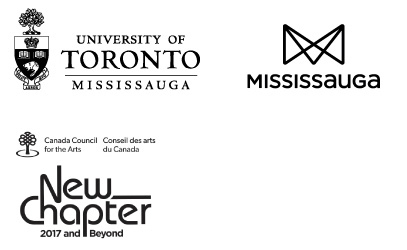

The Blackwood
University of Toronto Mississauga
3359 Mississauga Road
Mississauga, ON L5L 1C6
[email protected]
(905) 828-3789
The galleries are currently closed.
Facebook | Twitter | Instagram
Sign up to receive our newsletter.
The Blackwood is situated on the Territory of the Mississaugas of the Credit, Seneca, and Huron-Wendat.